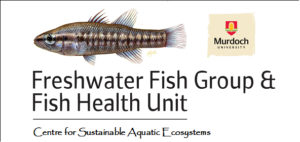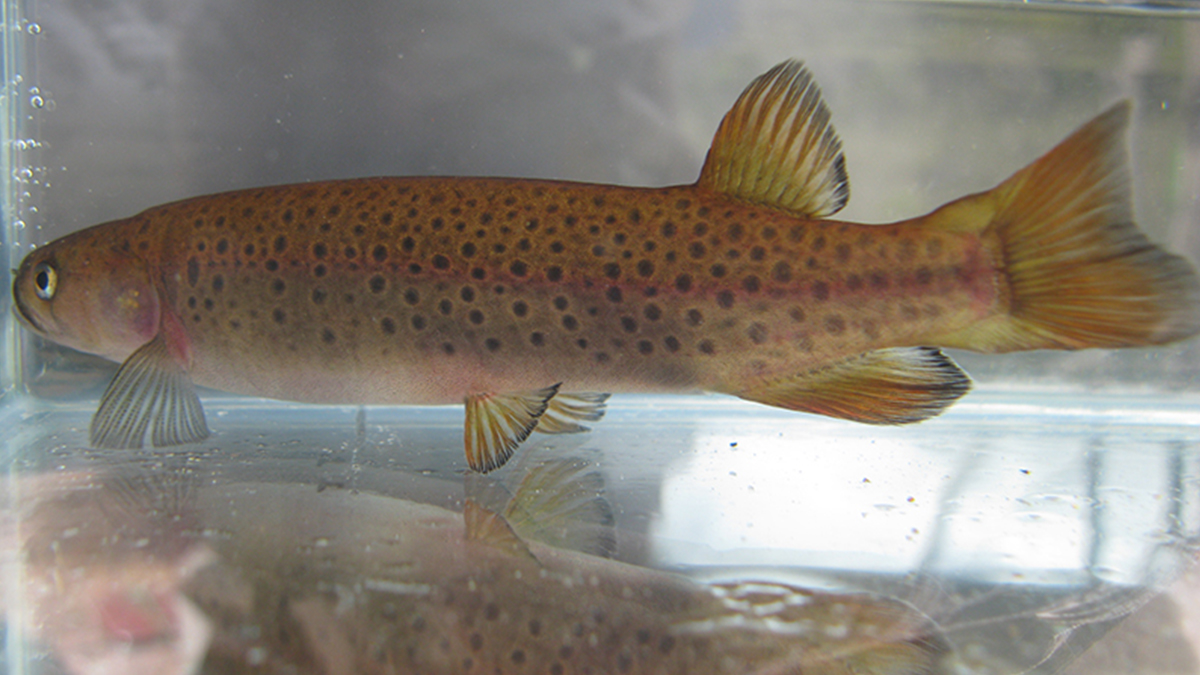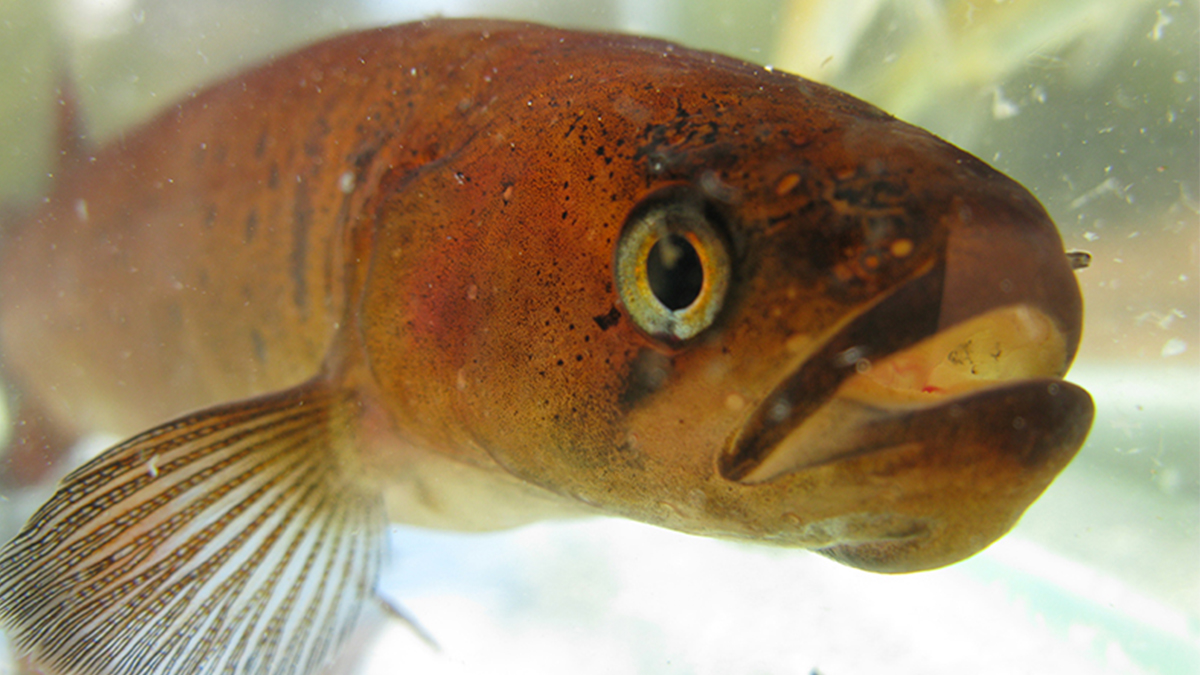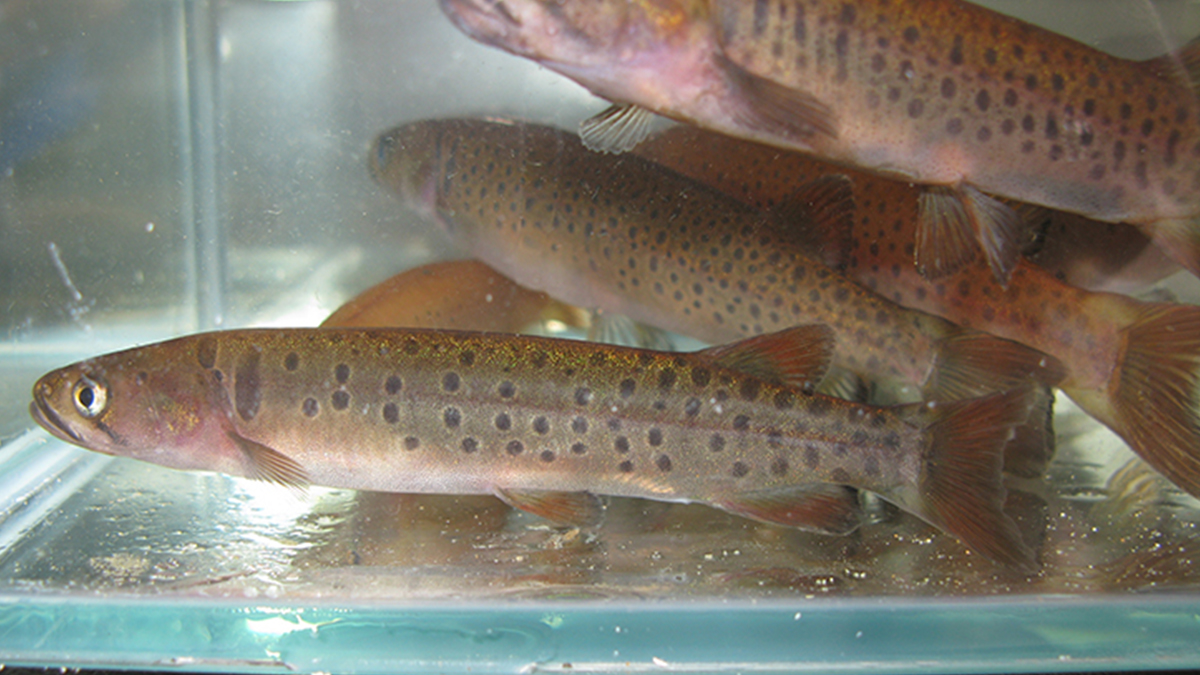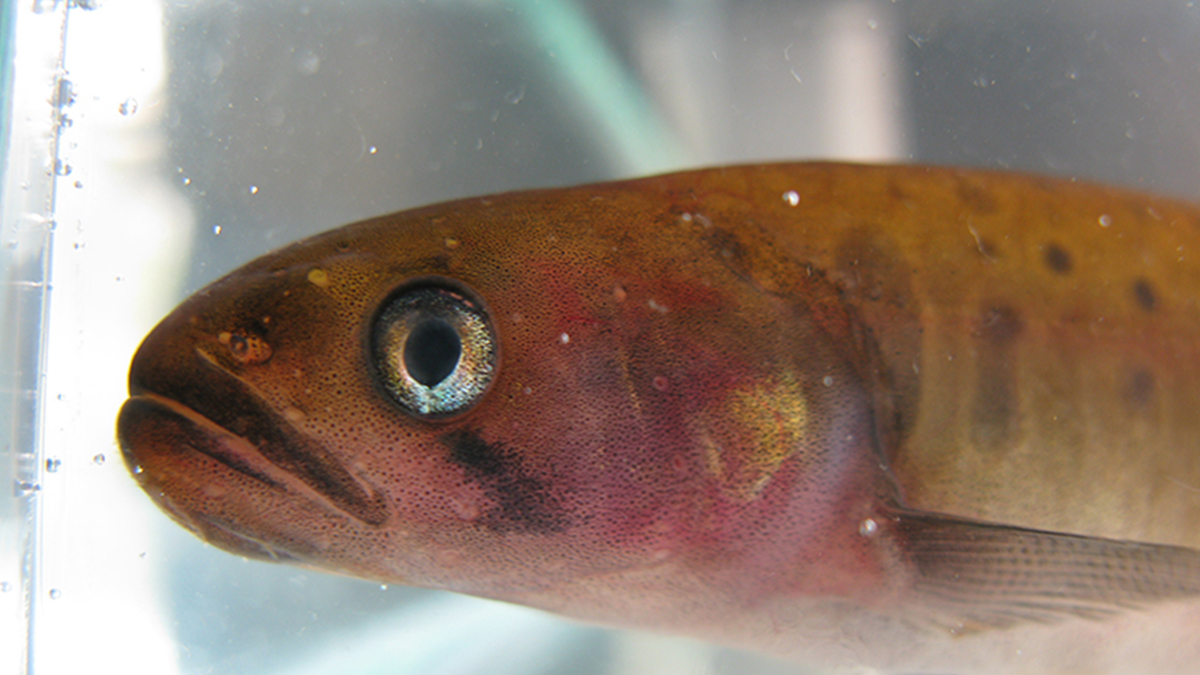Trout minnow - Galaxias truttaceus
This page was created in partnership with the Freshwater Fish Group and Fish Health Unit at Murdoch University
Identification
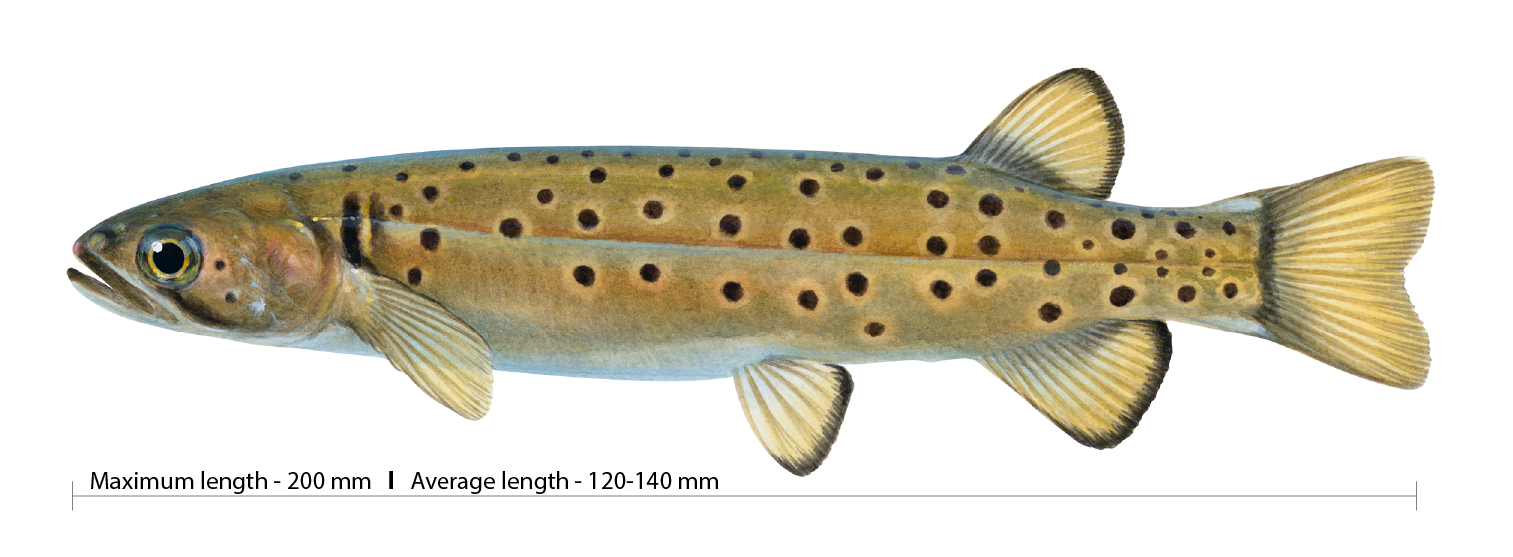
A large, deep-bodied galaxiid with a distinctive trout-like appearance and unmistakable pattern of dark spots (bars in juveniles) on the sides. A short diagonal stripe exists below the eye.
Colour is olive to tan brown overall; fins are reddish-orange, usually with dark edges.
The largest galaxiid in the state reaching a maximum size of 200 mm, but more commonly 120-140 mm.
Distribution
In Western Australia, the species is found only in the landlocked Goodga and Angove catchments, east of Albany in the vicinity of Two Peoples Bay, and in the Kent River.
The species also occurs in coastal drainages of Tasmania, South Australia and southern Victoria.
Habitat
Inhabits streams and lakes in flowing or still waters; tolerant of acidic and tannin stained waters. Streams include riffles over granite bedrock.
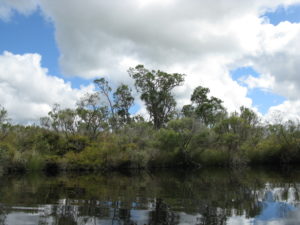
Goodga River
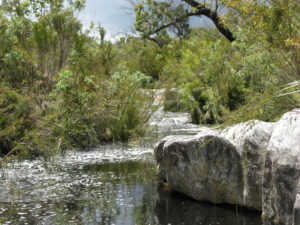
Angove River
Biology
A fast-swimmer, feeding mainly on terrestrial insects as juveniles and adults, larvae feeding on dipteran larvae and crustaceans.
In Western Australia (landlocked populations), breeding occurs in autumn (April to May); adults move upstream to spawn; newly hatched larvae are swept downstream into coastal lakes at the base of the catchment where they spend their initial months swimming near the surface as part of the nekton before migrating back upstream as juveniles in November. Populations elsewhere may be diadromous.
Conservation status
Threatened species: The Western Australian population is listed as endangered under the Biodiversity Conservation Act 2016 (state, Western Australia) and the Environment Protection and Biodiversity Conservation Act 1999 (Commonwealth).
Under the BC Act, Threatened species are listed in the category of critically endangered, endangered or vulnerable. Endangered species are considered to be “facing a very high risk of extinction in the wild in the near future, as determined in accordance with criteria set out in the ministerial guidelines”.
The reasons for listing (risks to species) include climate change (reduced stream flows) and artificial barriers to migration, which are a concern for all south-west species, but are of particular concern for this species given its small range. The Western Australian populations are considered to be evolutionary significant units (ESUs).
Management
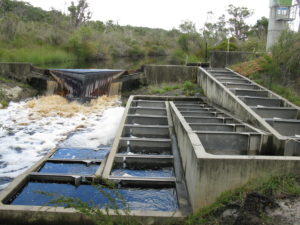
Management actions have included installation of a vertical slot fishway on the Goodga River gauging station, which allows for the migration upstream of this previously impassable barrier.
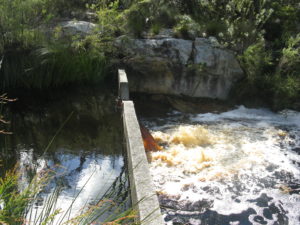
Environmental water releases on the Angove River, to maintain habitat quality and connectivity.
Further information
A Western Trout Minnow Recovery Plan exists for this species and is managed by the Department of Biodiversity, Conservation and Attractions. This plan outlines recovery actions required to address threats to the survival of trout minnow and steps towards their recovery.
Contact the department’s River Science team, or the Murdoch Freshwater Fish Group via email: fish@murdoch.edu.au, or go to their website: www.freshwaterfishgroup.com
